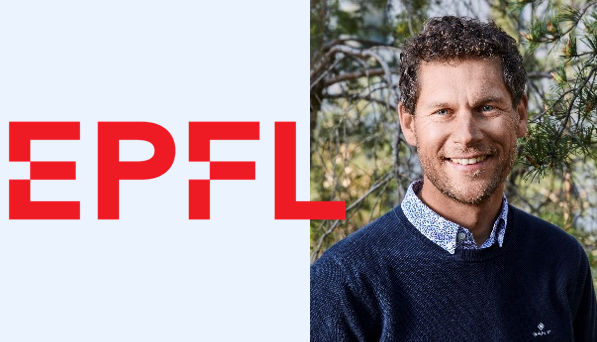Hello, my name is Antonin and a grow up nearby the lake of Geneva. I have a master in materials science and a PhD about materials for energy applications focused on fuel cells. I am now working at EPFL, cosmopolitan technical university in Western Switzerland, in PV-Lab as PV-modules team leader. As I developed the SmartWire Connection Technology (SWCT®) with Meyer Burger during the last 10 years, I am very excited to continue the adventure in Pilatus about implementing SWCT® for back-contacted silicon heterojunction solar cells and to push this innovative high efficiency PV technology to pilot production.
What was your original motivation to become a researcher/project manager?
My father always told me stories about his PhD in physics, which gave me the first motivation to become a researcher. At the end of my studies, I had a questioning about the use of being an engineer and how to be part of the solution to climate change, which brings me to the specialization in solar technologies.
What is your (main) research area today?
I am focusing today on how to integrate PV technology in special application like mobility and how to use lightweight solar modules in buildings and infrastructure.
What is the main focus of your team in PILATUS?
In the EPFL team, we are focusing on developing and testing new materials for high efficiency PV technologies and understanding the mechanisms of degradation outdoor and during accelerated testing.
From all your activities within the project, what are you the most proud of/keen to share with the public?
At EPFL, we will install outdoor new Pilatus back-contacted silicon heterojunction modules, monitor and compare the energy produced to standard technologies.
How do you expect the PILATUS results will impact your organisation and the PV sector in Europe?
In 2008, a joint venture between EPFL PV-Lab and Roth&Raw bring the silicon heterojunction (HJT) from the lab to the fab. Today, Meyer Burger is producing in Europe more than 1 GWp per year of such HJT solar cells and modules. Within Pilatus, we hope to reproduce this success story with back-contacted silicon heterojunction and to develop innovative PV technology with high efficiency, high aesthetics at affordable price as specific and unique European PV technology.

